How we built DMARC Management using Cloudflare Workers

What are DMARC reports
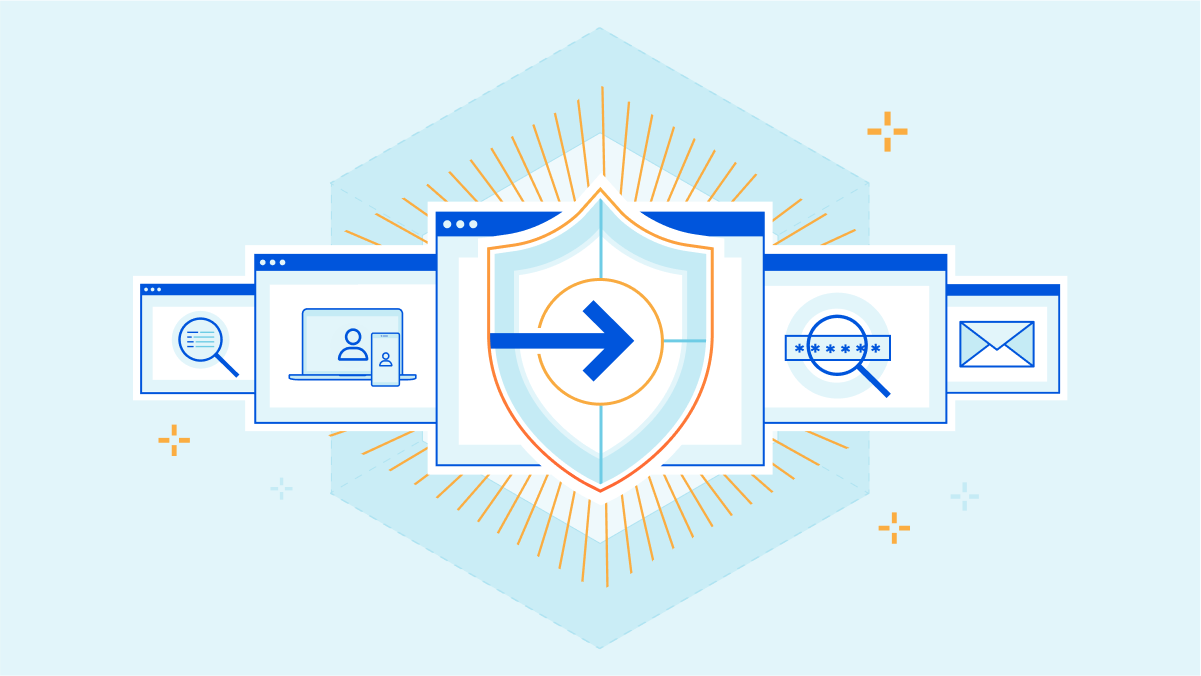
DMARC stands for Domain-based Message Authentication, Reporting, and Conformance. It's an email authentication protocol that helps protect against email phishing and spoofing.
When an email is sent, DMARC allows the domain owner to set up a DNS record that specifies which authentication methods, such as SPF (Sender Policy Framework) and DKIM (DomainKeys Identified Mail), are used to verify the email's authenticity. When the email fails these authentication checks DMARC instructs the recipient's email provider on how to handle the message, either by quarantining it or rejecting it outright.
DMARC has become increasingly important in today's Internet, where email phishing and spoofing attacks are becoming more sophisticated and prevalent. By implementing DMARC, domain owners can protect their brand and their customers from the negative impacts of these attacks, including loss of trust, reputation damage, and financial loss.
In addition to protecting against phishing and spoofing attacks, DMARC also provides reporting capabilities. Domain owners can receive reports on email authentication activity, including which messages passed and failed DMARC checks, as well as where these messages originated from.
DMARC management involves the configuration and maintenance of DMARC policies for a domain. Effective DMARC management requires ongoing monitoring and analysis Continue reading
Cloudflare partners with KnowBe4 to equip organizations with real-time security coaching to avoid phishing attacks


Today, we are very excited to announce that Cloudflare’s cloud email security solution, Area 1, now integrates with KnowBe4, a leading security awareness training and simulated phishing platform. This integration allows mutual customers to offer real-time coaching to their employees when a phishing campaign is detected by Cloudflare’s email security solution.
We are all aware that phishing attacks often use email as a vector to deliver the fraudulent message. Cybercriminals use a range of tactics, such as posing as a trustworthy organization, using urgent or threatening language, or creating a sense of urgency to entice the recipient to click on a link or download an attachment.
Despite the increasing sophistication of these attacks and the solutions to stop them, human error remains the weakest link in this chain of events. This is because humans can be easily manipulated or deceived, especially when they are distracted or rushed. For example, an employee might accidentally click on a link in an email that looks legitimate but is actually a phishing attempt, or they might enter their password into a fake login page without realizing it. According to the 2021 Verizon Data Breach Investigations Report, phishing was the most common form of social Continue reading
Introducing custom pages for Cloudflare Access


Over 10,000 organizations rely on Cloudflare Access to connect their employees, partners, and contractors to the applications they need. From small teams on our free plan to some of the world’s largest enterprises, Cloudflare Access is the Zero Trust front door to how they work together. As more users start their day with Cloudflare Access, we’re excited to announce new options to customize how those users experience our industry-leading Zero Trust solution. We’re excited to announce customizable Cloudflare Access pages including login, blocks and the application launcher.
Where does Cloudflare Access fit in a user’s workflow today?
Most teams we work with start their Zero Trust journey by replacing their existing virtual private network (VPN) with Cloudflare Access. The reasons vary. For some teams, their existing VPN allows too much trust by default and Access allows them to quickly build segmentation based on identity, device posture, and other factors. Other organizations deploy Cloudflare Access because they are exhausted from trying to maintain their VPN and dealing with end user complaints.
When those administrators begin setting up Cloudflare Access, they connect the resources they need to protect to Cloudflare’s network. They can deploy a Cloudflare Tunnel to create a secure, outbound-only, Continue reading
Post-quantum crypto should be free, so we’re including it for free, forever


At Cloudflare, helping to build a better Internet is not just a catchy saying. We are committed to the long-term process of standards development. We love the work of pushing the fundamental technology of the Internet forward in ways that are accessible to everyone. Today we are adding even more substance to that commitment. One of our core beliefs is that privacy is a human right. We believe that to achieve that right the most advanced cryptography needs to be available to everyone, free of charge, forever. Today, we are announcing that our implementations of post-quantum cryptography will meet that standard: available to everyone, and included free of charge, forever.
We have a proud history of taking paid encryption products and launching it to the Internet at scale for Free. Even at the cost of short and long-term revenue because it’s the right thing to do. In 2014, we made SSL free for every Cloudflare customer with Universal SSL. As we make our implementations of post-quantum cryptography free forever today, we do it in the spirit of that first major announcement:
“Having cutting-edge encryption may not seem important to a small blog, but it is critical to advancing the encrypted-by-default Continue reading
No, AI did not break post-quantum cryptography


News coverage of a recent paper caused a bit of a stir with this headline: “AI Helps Crack NIST-Recommended Post-Quantum Encryption Algorithm”. The news article claimed that Kyber, the encryption algorithm in question, which we have deployed world-wide, had been “broken.” Even more dramatically, the news article claimed that “the revolutionary aspect of the research was to apply deep learning analysis to side-channel differential analysis”, which seems aimed to scare the reader into wondering what will Artificial Intelligence (AI) break next?
Reporting on the paper has been wildly inaccurate: Kyber is not broken and AI has been used for more than a decade now to aid side-channel attacks. To be crystal clear: our concern is with the news reporting around the paper, not the quality of the paper itself. In this blog post, we will explain how AI is actually helpful in cryptanalysis and dive into the paper by Dubrova, Ngo, and Gärtner (DNG), that has been misrepresented by the news coverage. We’re honored to have Prof. Dr. Lejla Batina and Dr. Stjepan Picek, world-renowned experts in the field of applying AI to side-channel attacks, join us on this blog.
We start with some Continue reading
Super Bot Fight Mode is now configurable!


Millions of customers around the world use Cloudflare to keep their applications safe by blocking bot traffic to their website. We block an average of 336 million requests per day for self-service customers using a service called Super Bot Fight Mode. It is a crucial part of how customers keep their websites online.
While most customers use Cloudflare’s Verified Bot directory to securely allow good, automated traffic, some customers also like to write their own localized integration scripts to crawl and update their website, or perform other necessary maintenance functions. Because these bots are only used on a single website, they don’t fit our verified bot criteria the way a Google or Bing crawler does. This makes Super Bot Fight Mode difficult to manage for these types of customers.
Super Bot Fight Mode: now configurable!
Previously, Super Bot Fight Mode ran as an independent service on our global network and other Cloudflare security services were unable to affect its configuration. To solve this, we’ve rewritten Super Bot Fight Mode behind the scenes. It’s now a new managed ruleset in the new WAF, just like the OWASP Core Ruleset or the Cloudflare Managed Ruleset. This doesn’t change the interface, but Continue reading
Protect your key server with Keyless SSL and Cloudflare Tunnel integration
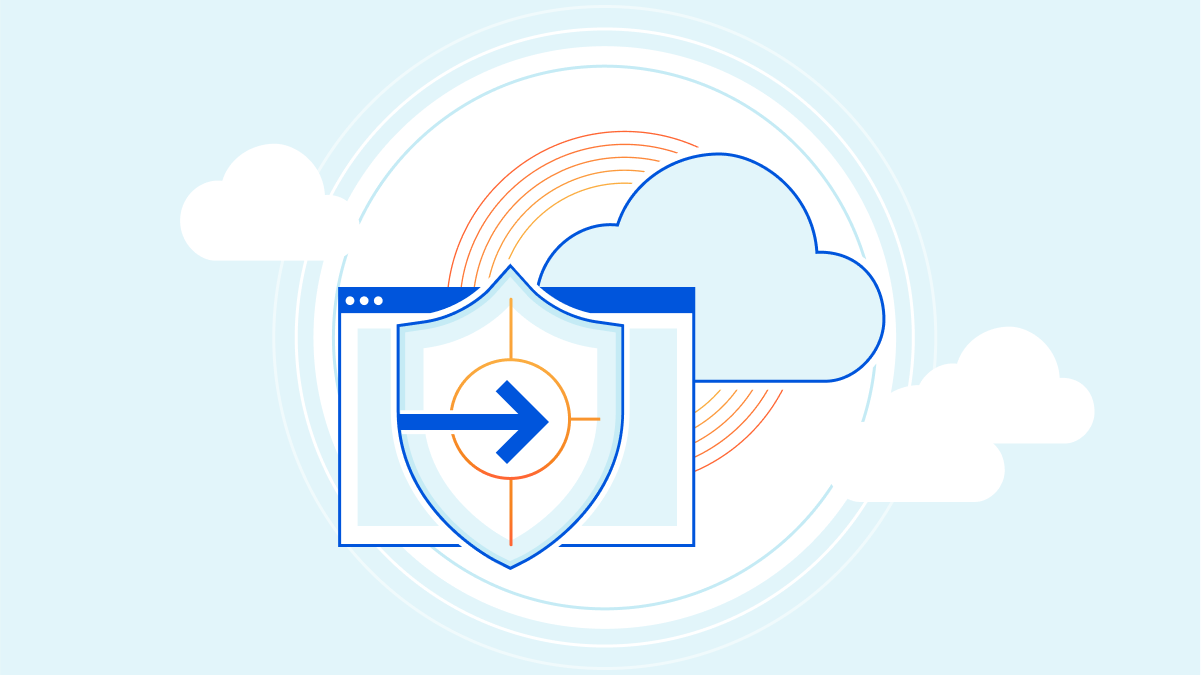
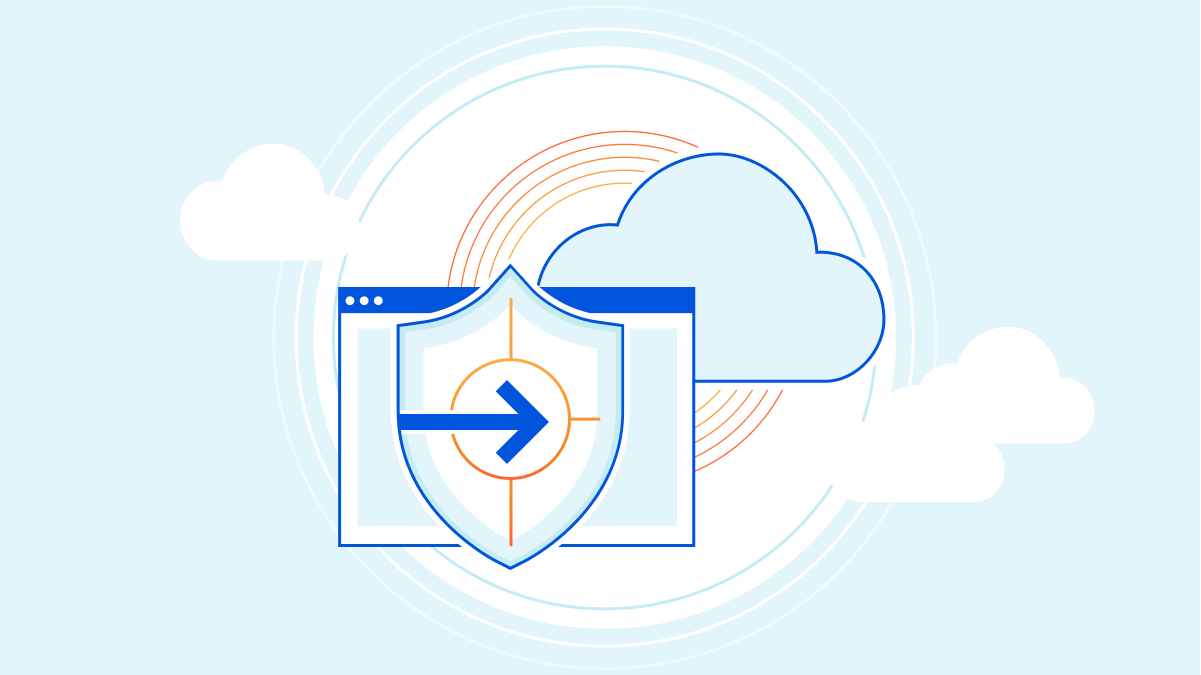
Today, we’re excited to announce a big security enhancement to our Keyless SSL offering. Keyless SSL allows customers to store their private keys on their own hardware, while continuing to use Cloudflare’s proxy services. In the past, the configuration required customers to expose the location of their key server through a DNS record - something that is publicly queryable. Now, customers will be able to use our Cloudflare Tunnels product to send traffic to the key server through a secure channel, without publicly exposing it to the rest of the Internet.
A primer on Keyless SSL
Security has always been a critical aspect of online communication, especially when it comes to protecting sensitive information. Today, Cloudflare manages private keys for millions of domains which allows the data communicated by a client to stay secure and encrypted. While Cloudflare adopts the strictest controls to secure these keys, certain industries such as financial or medical services may have compliance requirements that prohibit the sharing of private keys.In the past, Cloudflare required customers to upload their private key in order for us to provide our L7 services. That was, until we built out Keyless SSL in 2014, a feature that allows customers Continue reading
IBM Cloud works with Cloudflare to help clients modernize and deliver secured cloud infrastructure
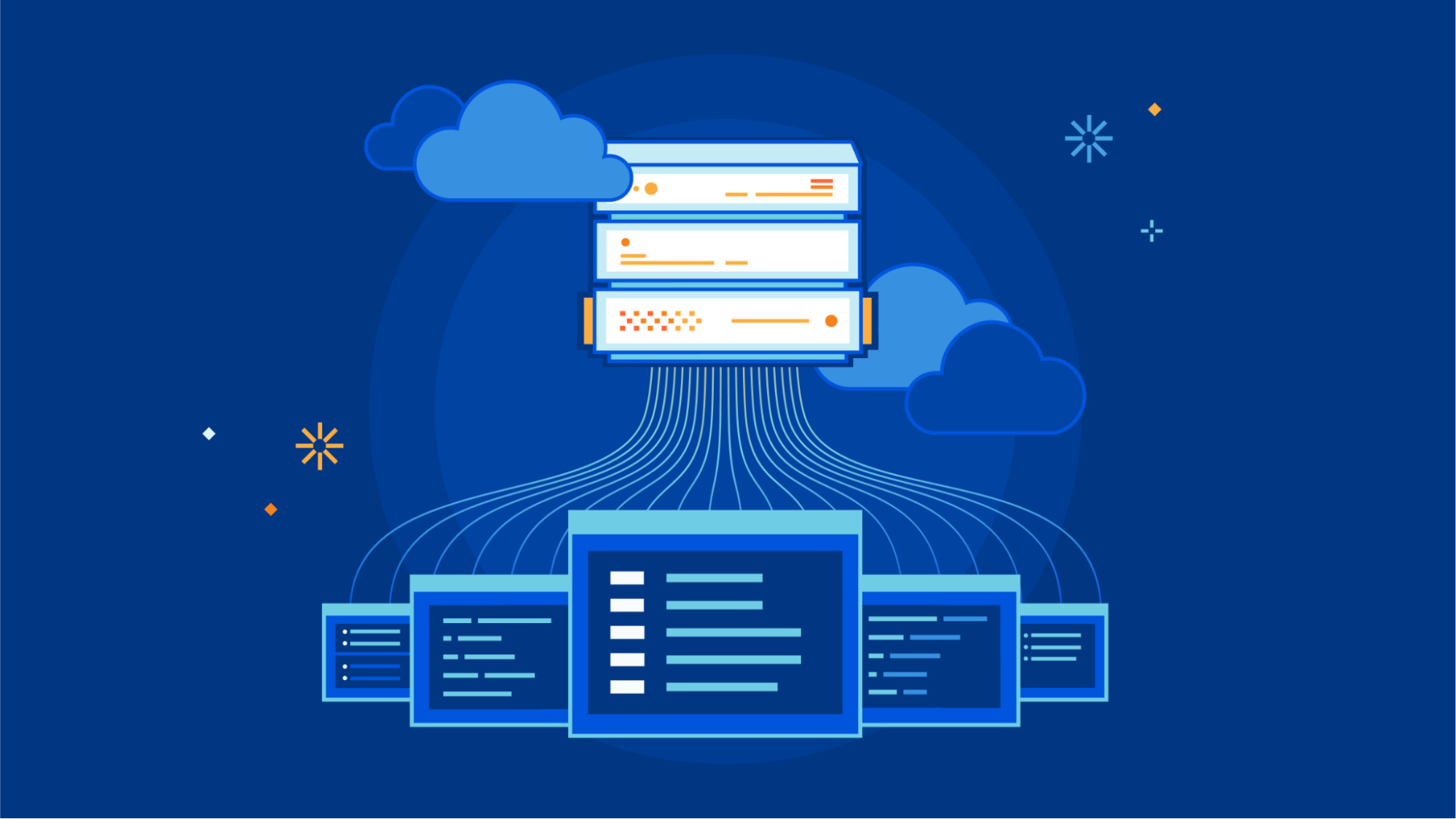
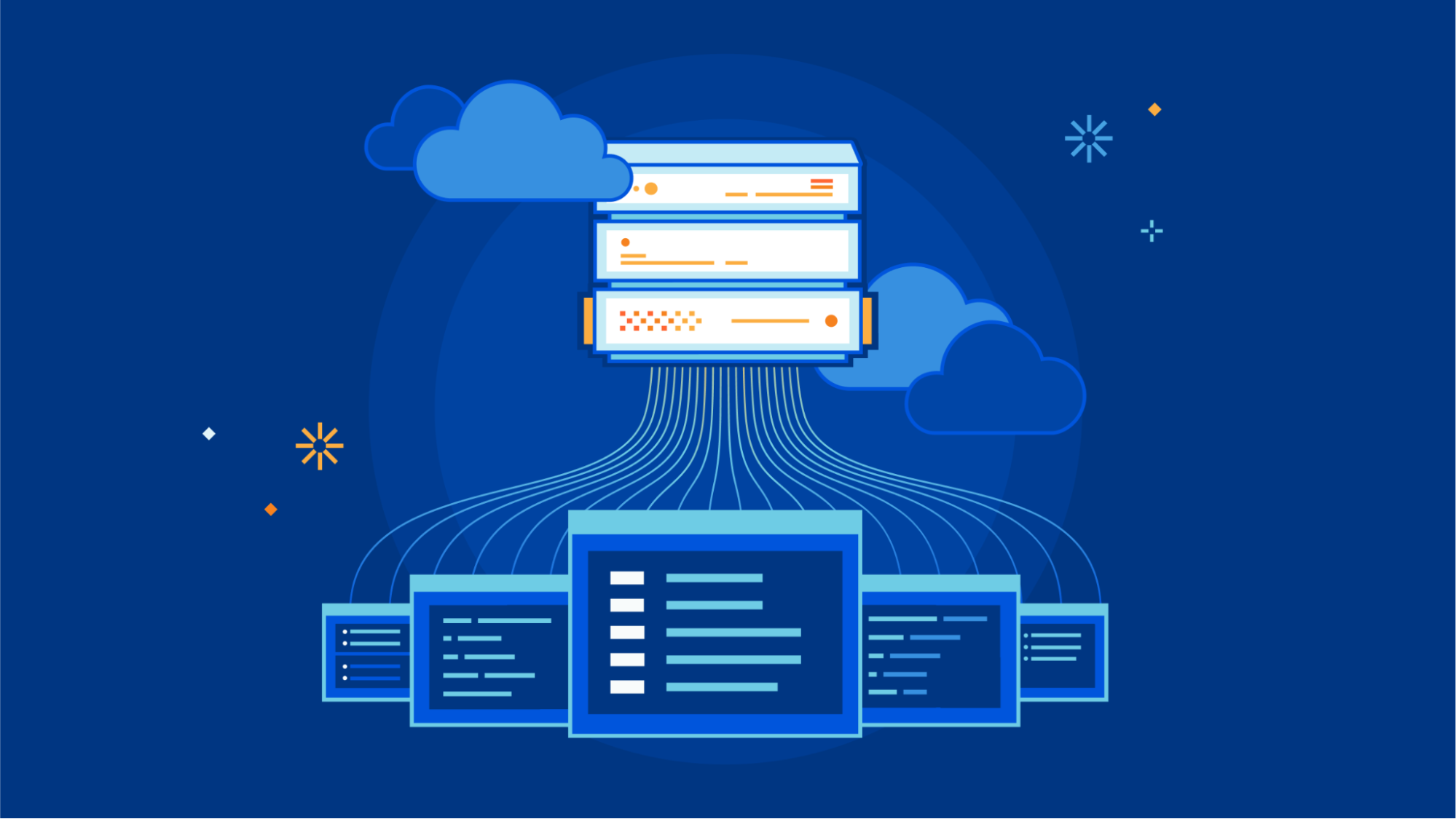
In this blog post, we wanted to highlight some ways that Cloudflare and IBM Cloud work together to help drive product innovation and deliver services that address the needs of our mutual customers. On our blog, we often discuss exciting new product developments and how we are solving real-world problems in our effort to make the internet better and many of our customers and partners play an important role.
IBM Cloud and Cloudflare have been working together since 2018 to integrate Cloudflare application security and performance products natively into IBM Cloud. IBM Cloud Internet Services (CIS) has customers across a wide range of industry verticals and geographic regions but they also have several specialist groups building unique service offerings.
The IBM Cloud team specializes in serving clients in highly regulated industries, aiming to ensure their resiliency, performance, security and compliance needs are met. One group that we’ve been working with recently is IBM Cloud for Financial Services. This group extends the capabilities of IBM Cloud to help serve the complex security and compliance needs of banks, financial institutions and fintech companies.
Bot Management
As malicious bot attacks get more sophisticated and manual mitigations become more onerous, a dynamic and adaptive Continue reading
Cloudflare’s Channel Partner Award winners of 2022
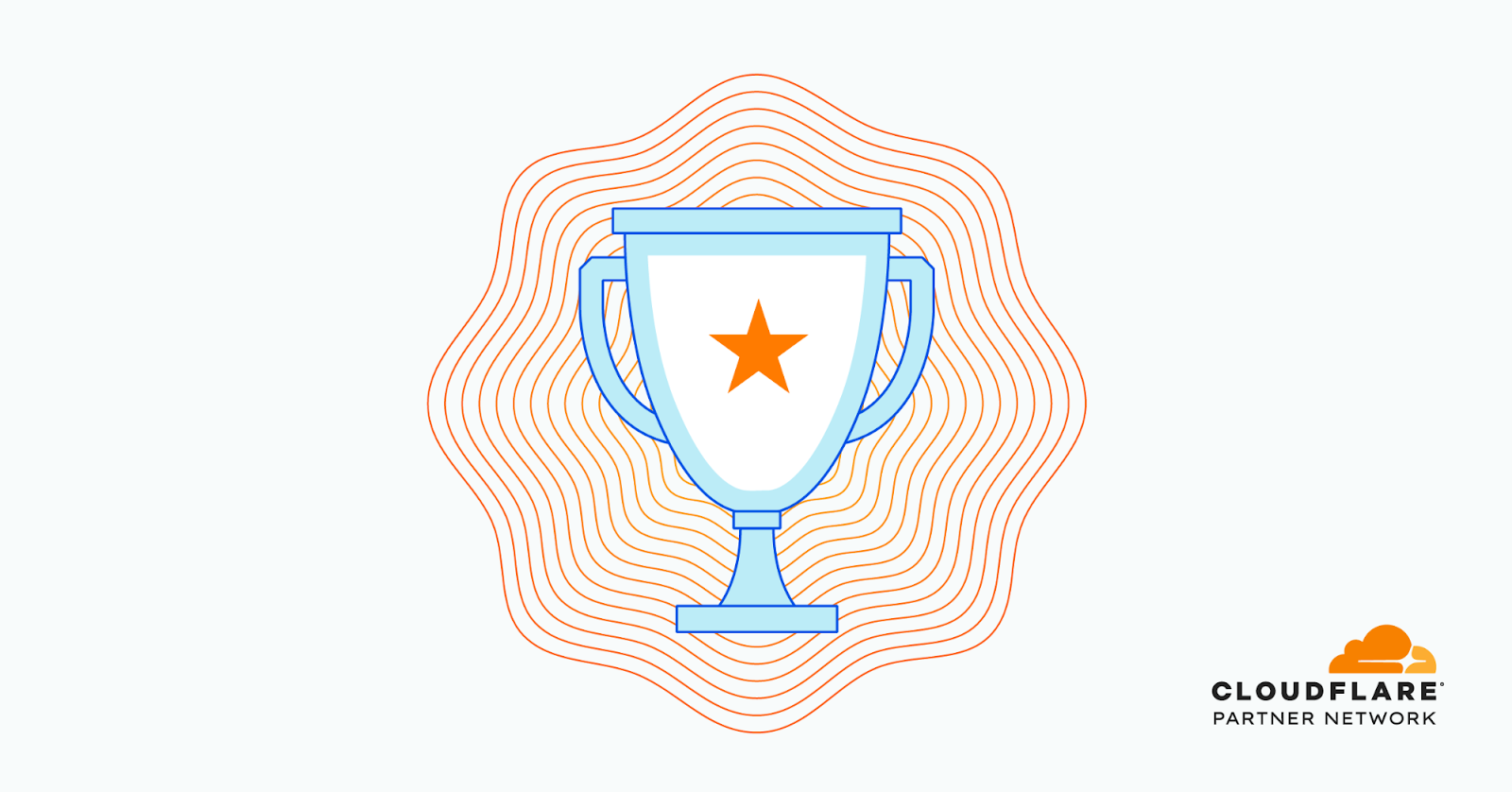
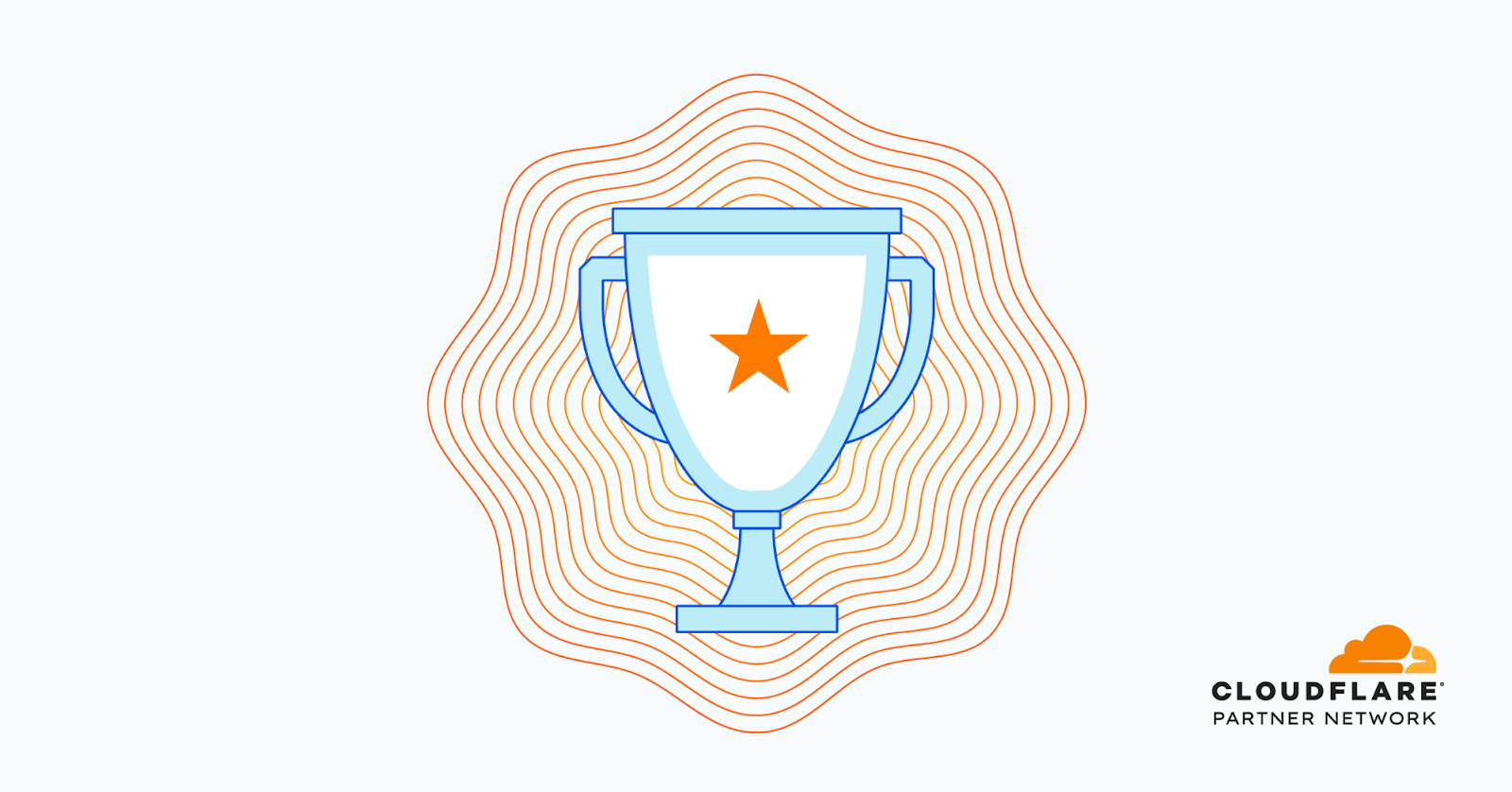
We are thrilled to announce Cloudflare’s worldwide 2022 Channel Partner Award winners. Each of these partner companies and individuals went above and beyond, demonstrating outstanding commitment to working closely with Cloudflare to build technical competencies and to deliver compelling, integrated security and performance solutions for customers around the globe.
This past year was another milestone year, with record-setting growth for Cloudflare and our partners. The Cloudflare Channel and Alliances Partner Program received the highest, 5-star rating in CRN’s Partner Program Guide. New customer bookings acquired through partners jumped over 28% year over year.
In June, we announced the Cloudflare One Partner Specialization, with tailored enablement and new partner go-to-market resources for Cloudflare One, our SASE solution which includes the industry’s first, 100% Cloud-native Zero Trust platform. More than 1,600 partner sellers and technical sellers have completed Cloudflare Zero Trust training courses, enabling them to deliver the most comprehensive security needed in today’s connect-from-anywhere economy.The Cloudflare Channel Partner Network contributed to the significant market traction we’ve seen for Cloudflare One, including partner-sourced pipeline for Cloudflare One growing 240% from Q1 through Q4 of 2022.
As organizations across industries and the public sector require a fast and secure path to Zero Continue reading
Announcing Cloudflare Fraud Detection


The world changed when the COVID-19 pandemic began. Everything moved online to a much greater degree: school, work, and, surprisingly, fraud. Although some degree of online fraud has existed for decades, the Federal Trade Commission reported consumers lost almost $8.8 billion in fraud in 2022 (an over 400% increase since 2019) and the continuation of a disturbing trend. People continue to spend more time alone than ever before, and that time alone makes them not just more targeted, but also more vulnerable to fraud. Companies are falling victim to these trends just as much as individuals: according to PWC’s Global Economic Crime and Fraud Survey, more than half of companies with at least $10 billion in revenue experienced some sort of digital fraud.
This is a familiar story in the world of bot attacks. Cloudflare Bot Management helps customers identify the automated tools behind online fraud, but it’s important to note that not all fraud is committed by bots. If the target is valuable enough, bad actors will contract out the exploitation of online applications to real people. Security teams need to look at more than just bots to better secure online applications and tackle modern, online fraud.
Automatically discovering API endpoints and generating schemas using machine learning


Cloudflare now automatically discovers all API endpoints and learns API schemas for all of our API Gateway customers. Customers can use these new features to enforce a positive security model on their API endpoints even if they have little-to-no information about their existing APIs today.
The first step in securing your APIs is knowing your API hostnames and endpoints. We often hear that customers are forced to start their API cataloging and management efforts with something along the lines of “we email around a spreadsheet and ask developers to list all their endpoints”.
Can you imagine the problems with this approach? Maybe you have seen them first hand. The “email and ask” approach creates a point-in-time inventory that is likely to change with the next code release. It relies on tribal knowledge that may disappear with people leaving the organization. Last but not least, it is susceptible to human error.
Even if you had an accurate API inventory collected by group effort, validating that API was being used as intended by enforcing an API schema would require even more collective knowledge to build that schema. Now, API Gateway’s new API Discovery and Schema Learning features combine to automatically Continue reading
Detecting API abuse automatically using sequence analysis


Today, we're announcing Cloudflare Sequence Analytics for APIs. Using Sequence Analytics, Customers subscribed to API Gateway can view the most important sequences of API requests to their endpoints. This new feature helps customers to apply protection to the most important endpoints first.
What is a sequence? It is simply a time-ordered list of HTTP API requests made by a specific visitor as they browse a website, use a mobile app, or interact with a B2B partner via API. For example, a portion of a sequence made during a bank funds transfer could look like:
| Order | Method | Path | Description |
|---|---|---|---|
| 1 | GET | /api/v1/users/{user_id}/accounts | user_id is the active user |
| 2 | GET | /api/v1/accounts/{account_id}/balance | account_id is one of the user’s accounts |
| 3 | GET | /api/v1/accounts/{account_id}/balance | account_id is a different account belonging to the user |
| 4 | POST | /api/v1/transferFunds | Containing a request body detailing an account to transfer funds from, an account to transfer funds to, and an amount of money to transfer |
Why is it important to pay attention to sequences for API security? If the above API received requests for POST /api/v1/transferFunds without any of the prior requests, it would Continue reading
Using the power of Cloudflare’s global network to detect malicious domains using machine learning


Cloudflare secures outbound Internet traffic for thousands of organizations every day, protecting users, devices, and data from threats like ransomware and phishing. One way we do this is by intelligently classifying what Internet destinations are risky using the domain name system (DNS). DNS is essential to Internet navigation because it enables users to look up addresses using human-friendly names, like cloudflare.com. For websites, this means translating a domain name into the IP address of the server that can deliver the content for that site.
However, attackers can exploit the DNS system itself, and often use techniques to evade detection and control using domain names that look like random strings. In this blog, we will discuss two techniques threat actors use – DNS tunneling and domain generation algorithms – and explain how Cloudflare uses machine learning to detect them.
Domain Generation Algorithm (DGA)
Most websites don’t change their domain name very often. This is the point after all, having a stable human-friendly name to be able to connect to a resource on the Internet. However, as a side-effect stable domain names become a point of control, allowing network administrators to use restrictions on domain names to enforce policies, for example Continue reading
Analyze any URL safely using the Cloudflare Radar URL Scanner
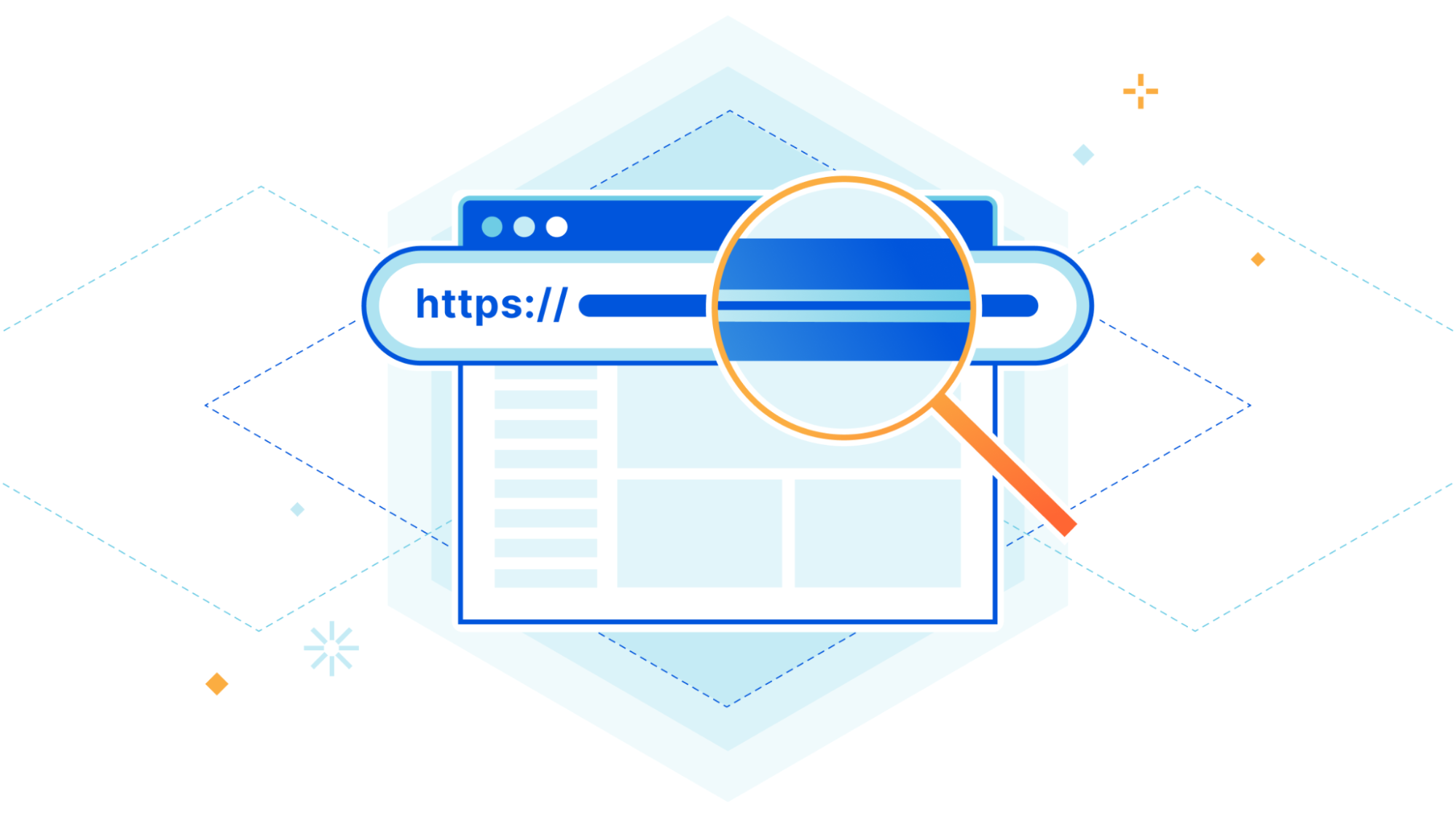

One of the first steps in an information security investigation is to gather as much context as possible. But compiling that information can become a sprawling task.
Cloudflare is excited to announce early access to a new, free tool — the Radar URL Scanner. Provide us a URL, and our scanner will compile a report containing a myriad of technical details: a phishing scan, SSL certificate data, HTTP request and response data, page performance data, DNS records, whether cookies are set to secure and HttpOnly, what technologies and libraries the page uses, and more.

Let’s walk through a report on John Graham-Cumming’s blog as an example. Conveniently, all reports generated will be publicly accessible.
The first page is the summary tab, and you’ll see we’ve broken all the available data into the following categories: Security, Cookies, Network, Technology, DOM, and Performance. It’s a lot of content so we will jump through some highlights.
In the Summary tab itself, you’ll notice the submitted URL was https://blog.jgc.org. If we had received a URL short link, the scanner would have followed the redirects and generated a report for the final URL.

The Security tab presents information to help determine whether a Continue reading
Announcing WAF Attack Score Lite and Security Analytics for business customers


In December 2022 we announced the general availability of the WAF Attack Score. The initial release was for our Enterprise customers, but we always had the belief that this product should be enabled for more users. Today we’re announcing “WAF Attack Score Lite” and “Security Analytics” for our Business plan customers.
Looking back on “What is WAF Attack Score and Security Analytics?”
Vulnerabilities on the Internet appear almost on a daily basis. The CVE (common vulnerabilities and exposures) program has a list with over 197,000 records to track disclosed vulnerabilities.
That makes it really hard for web application owners to harden and update their system regularly, especially when we talk about critical libraries and the exploitation damage that can happen in case of information leak. That’s why web application owners tend to use WAFs (Web Application Firewalls) to protect their online presence.
Most WAFs use signature-based detections, which are rules created based on specific attacks that we know about. The signature-based method is very fast, has a low rate of false positives (these are the requests that are categorized as attack when they are actually legitimate), and is very efficient with most of the attack categories we know. However, Continue reading
How sophisticated scammers and phishers are preying on customers of Silicon Valley Bank
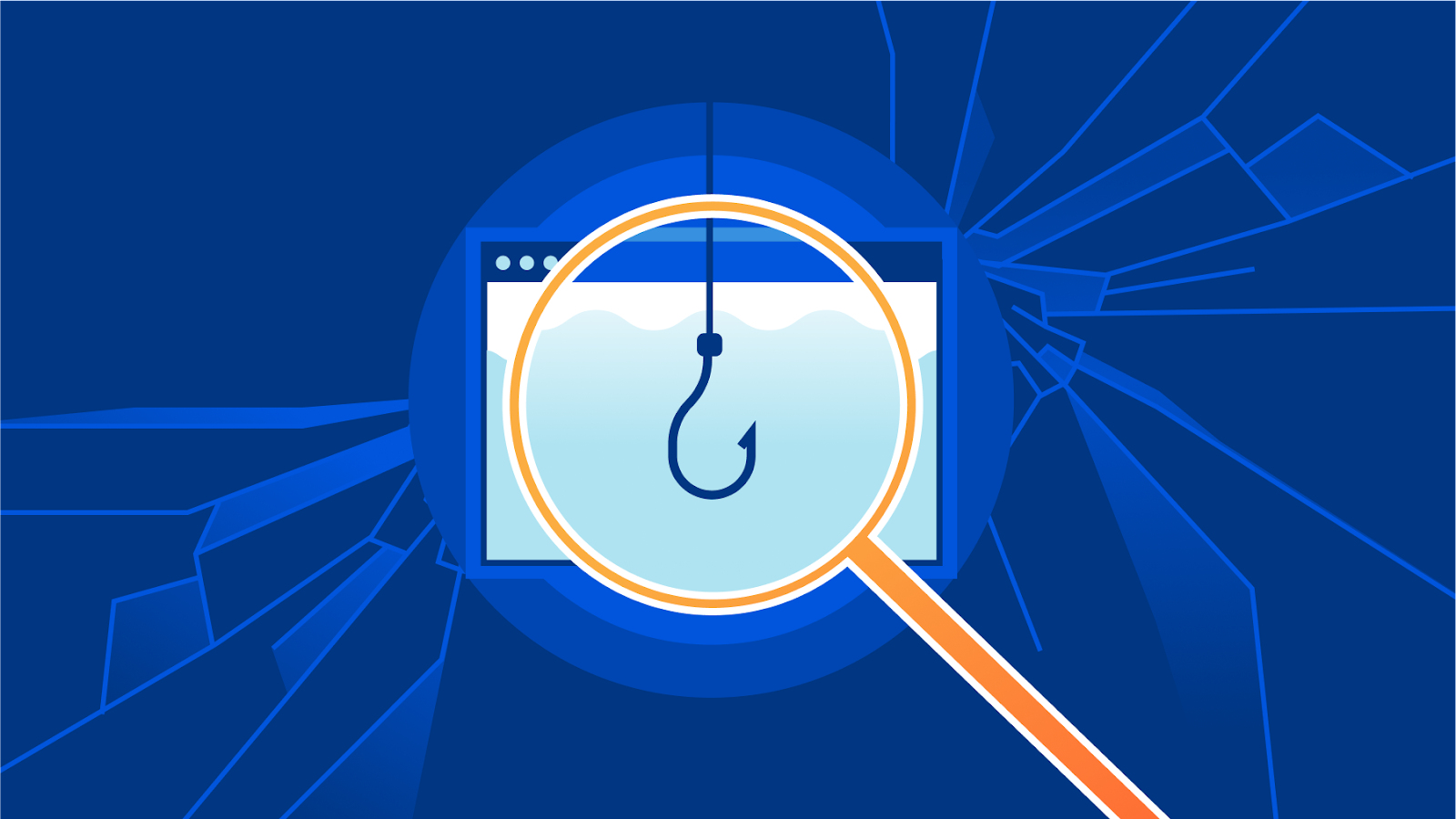
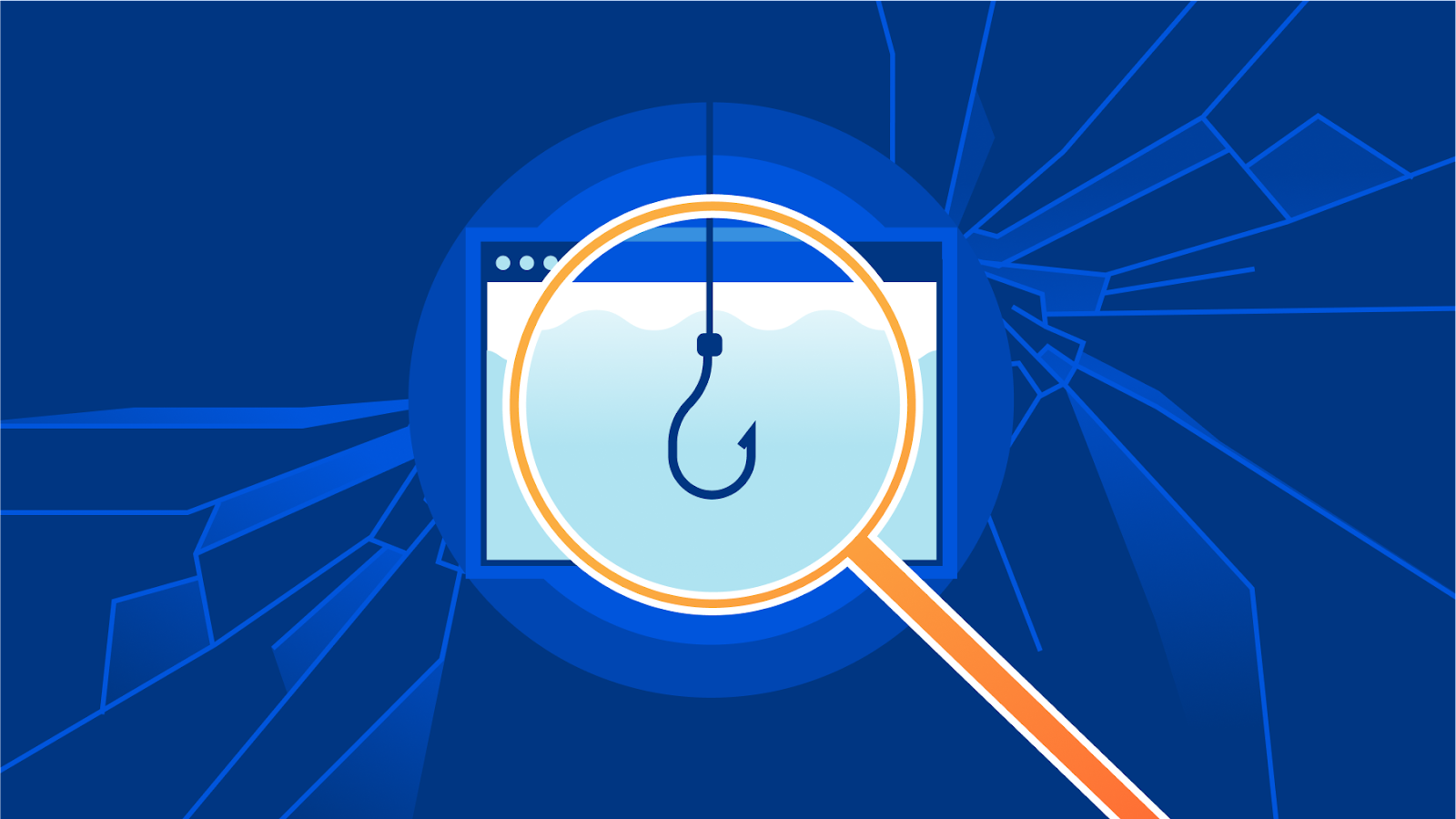
By now, the news about what happened at Silicon Valley Bank (SVB) leading up to its collapse and takeover by the US Federal Government is well known. The rapid speed with which the collapse took place was surprising to many and the impact on organizations, both large and small, is expected to last a while.
Unfortunately, where everyone sees a tragic situation, threat actors see opportunity. We have seen this time and again - in order to breach trust and trick unsuspecting victims, threat actors overwhelmingly use topical events as lures. These follow the news cycle or known high profile events (The Super Bowl, March Madness, Tax Day, Black Friday sales, COVID-19, and on and on), since there is a greater likelihood of users falling for messages referencing what’s top of mind at any given moment.
The SVB news cycle makes for a similarly compelling topical event that threat actors can take advantage of; and it's crucial that organizations bolster their awareness campaigns and technical controls to help counter the eventual use of these tactics in upcoming attacks. It’s tragic that even as the FDIC is guaranteeing that SVB customers’ money is safe, bad actors are attempting to steal that Continue reading
Cloudflare One DLP integrates with Microsoft Information Protection labels


The crown jewels for an organization are often data, and the first step in protection should be locating where the most critical information lives. Yet, maintaining a thorough inventory of sensitive data is harder than it seems and generally a massive lift for security teams. To help overcome data security troubles, Microsoft offers their customers data classification and protection tools. One popular option are the sensitivity labels available with Microsoft Purview Information Protection. However, customers need the ability to track sensitive data movement even as it migrates beyond the visibility of Microsoft.
Today, we are excited to announce that Cloudflare One now offers Data Loss Prevention (DLP) detections for Microsoft Purview Information Protection labels. Simply integrate with your Microsoft account, retrieve your labels, and build rules to guide the movement of your labeled data. This extends the power of Microsoft’s labels to any of your corporate traffic in just a few clicks.
Data Classification with Microsoft Labels
Every organization has a wealth of data to manage, from publicly accessible data, like documentation, to internal data, like the launch date of a new product. Then, of course, there is the data requiring the highest levels of protection, such as customer PII. Continue reading
Adding Zero Trust signals to Sumo Logic for better security insights
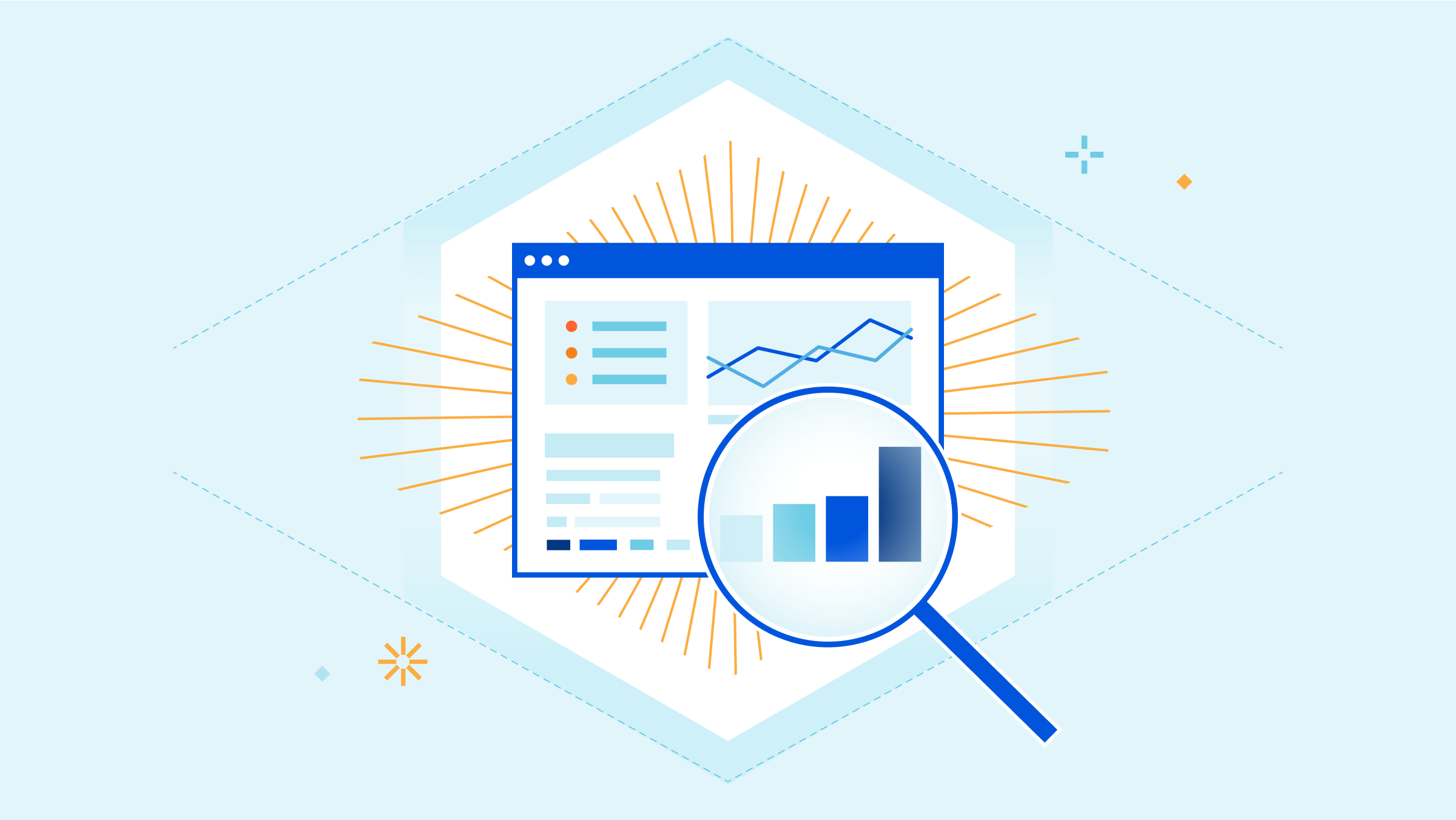
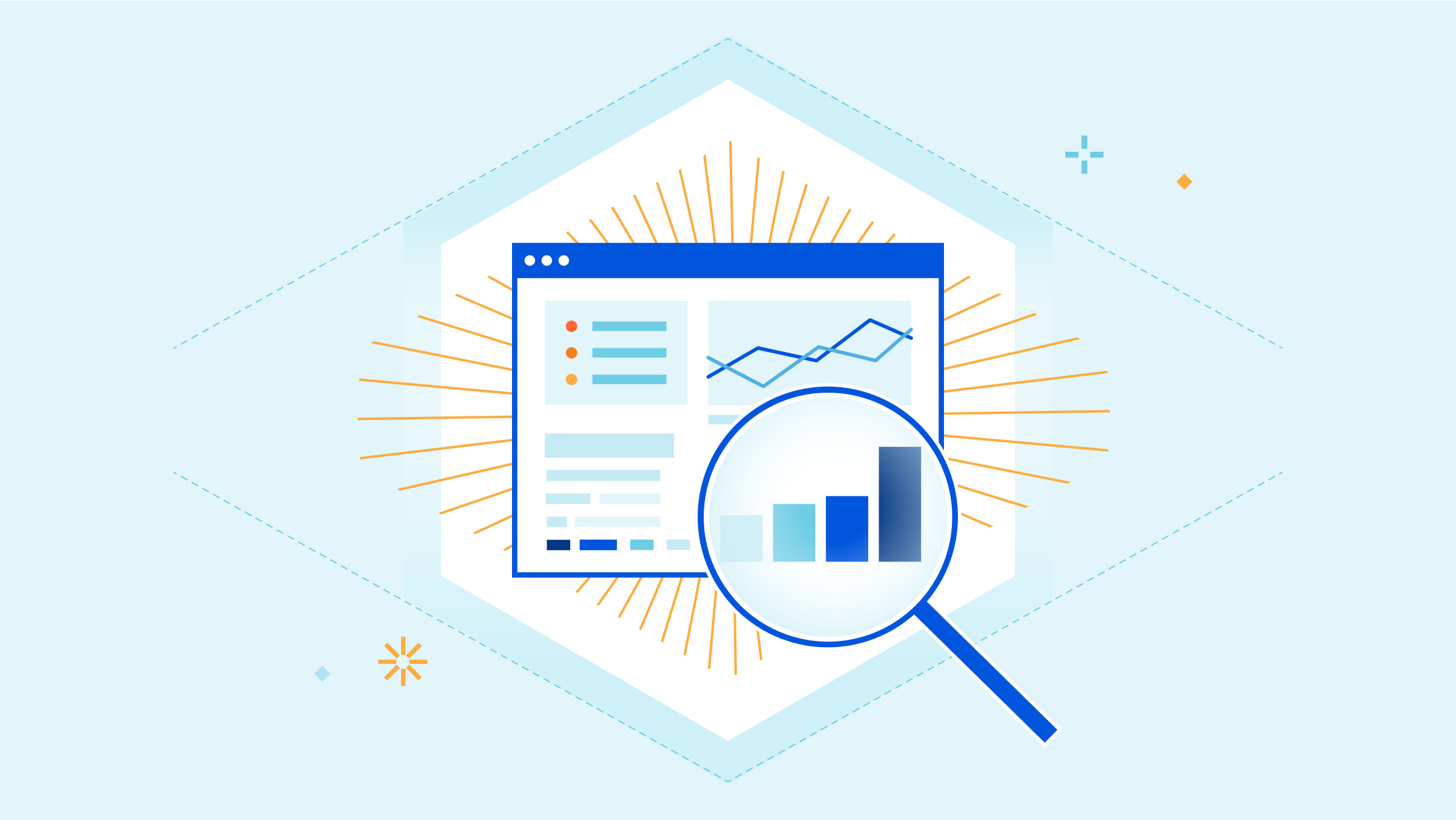
A picture is worth a thousand words and the same is true when it comes to getting visualizations, trends, and data in the form of a ready-made security dashboard.
Today we’re excited to announce the expansion of support for automated normalization and correlation of Zero Trust logs for Logpush in Sumo Logic’s Cloud SIEM. As a Cloudflare technology partner, Sumo Logic is the pioneer in continuous intelligence, a new category of software which enables organizations of all sizes to address the data challenges and opportunities presented by digital transformation, modern applications, and cloud computing.
The updated content in Sumo Logic Cloud SIEM helps joint Cloudflare customers reduce alert fatigue tied to Zero Trust logs and accelerates the triage process for security analysts by converging security and network data into high-fidelity insights. This new functionality complements the existing Cloudflare App for Sumo Logic designed to help IT and security teams gain insights, understand anomalous activity, and better trend security and network performance data over time.
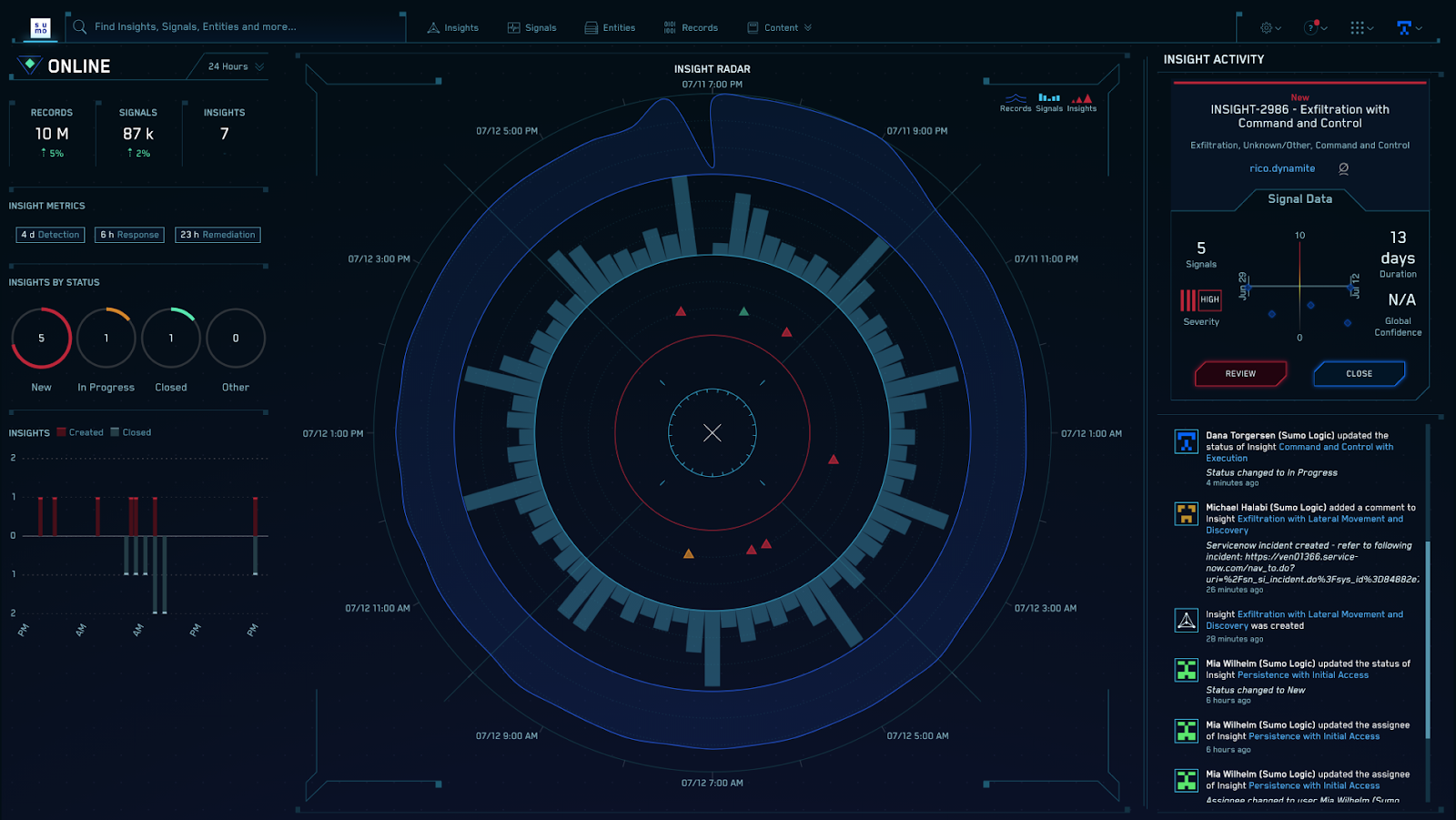
Deeper integration to deliver Zero Trust insights
Using Cloudflare Zero Trust helps protect users, devices, and data, and in the process can create a large volume of logs. These logs are helpful and important because Continue reading
The state of application security in 2023


One year ago we published our first Application Security Report. For Security Week 2023, we are providing updated insights and trends around mitigated traffic, bot and API traffic, and account takeover attacks.
Cloudflare has grown significantly over the last year. In February 2023, Netcraft noted that Cloudflare had become the most commonly used web server vendor within the top million sites at the start of 2023, and continues to grow, reaching a 21.71% market share, up from 19.4% in February 2022.
This continued growth now equates to Cloudflare handling over 45 million HTTP requests/second on average (up from 32 million last year), with more than 61 million HTTP requests/second at peak. DNS queries handled by the network are also growing and stand at approximately 24.6 million queries/second. All of this traffic flow gives us an unprecedented view into Internet trends.
Before we dive in, we need to define our terms.
Definitions
Throughout this report, we will refer to the following terms:
- Mitigated traffic: any eyeball HTTP* request that had a “terminating” action applied to it by the Cloudflare platform. These include the following actions:
BLOCK,CHALLENGE,JS_CHALLENGEandMANAGED_CHALLENGE. This does not include Continue reading
Scan and secure Atlassian with Cloudflare CASB
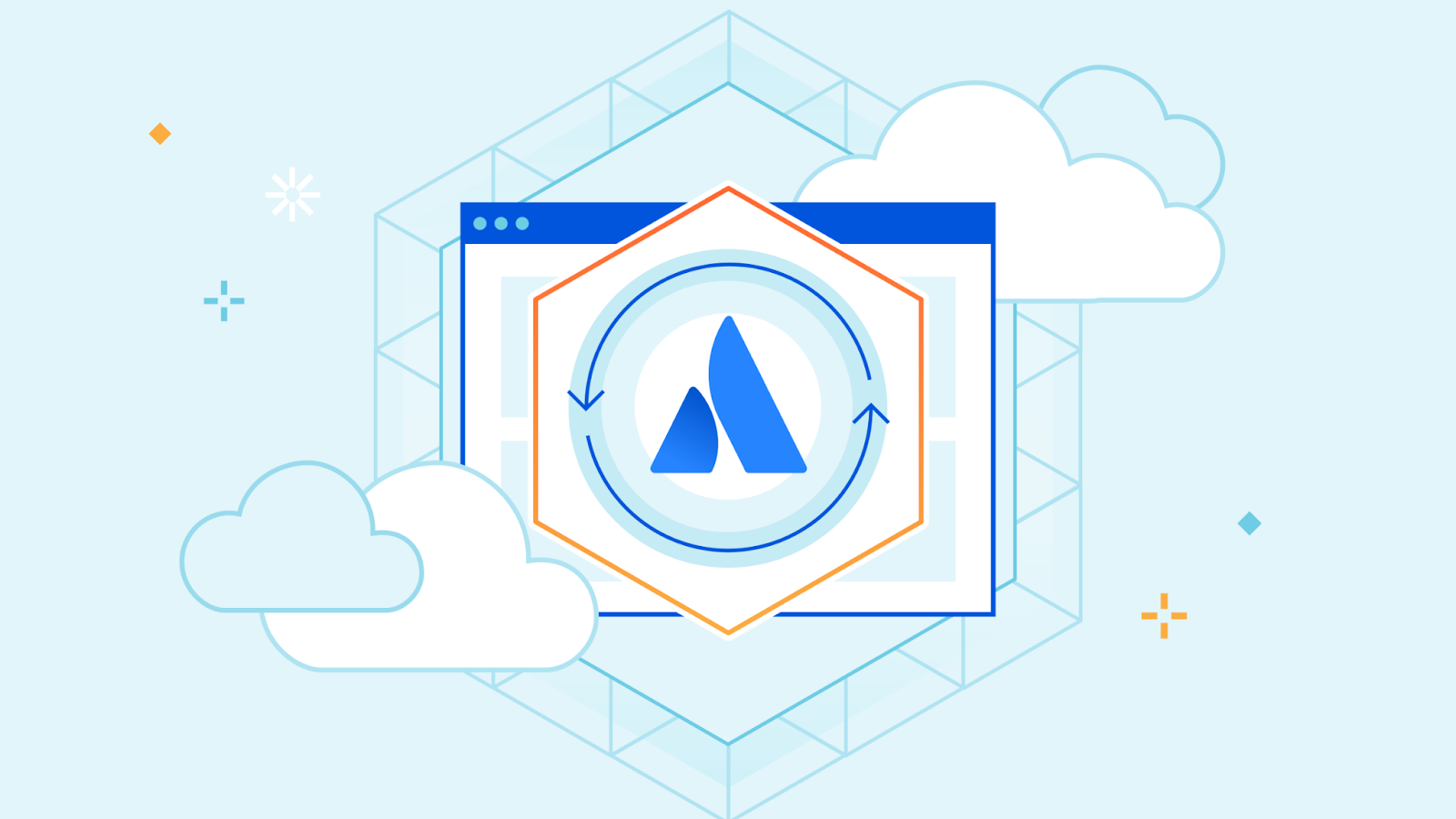

As part of Security Week, two new integrations are coming to Cloudflare CASB, one for Atlassian Confluence and the other for Atlassian Jira.
We’re excited to launch support for these two new SaaS applications (in addition to those we already support) given the reliance that we’ve seen organizations from around the world place in them for streamlined, end-to-end project management.
Let’s dive into what Cloudflare Zero Trust customers can expect from these new integrations.
CASB: Security for your SaaS apps
First, a quick recap. CASB, or Cloud Access Security Broker, is one of Cloudflare’s newer offerings, released last September to provide security operators - CISOs and security engineers - clear visibility and administrative control over the security of their SaaS apps.
Whether it’s Google Workspace, Microsoft 365, Slack, Salesforce, Box, GitHub, or Atlassian (whew!), CASB can easily connect and scan these apps for critical security issues, and provide users an exhaustive list of identified problems, organized for triage.

Scan Confluence with Cloudflare CASB

Over time, Atlassian Confluence has become the go-to collaboration platform for teams to create, organize, and share content, such as documents, notes, and meeting minutes. However, from a security perspective, Confluence's flexibility and wide Continue reading